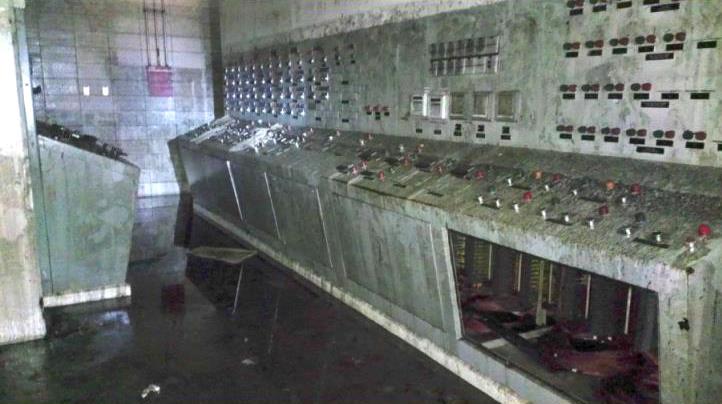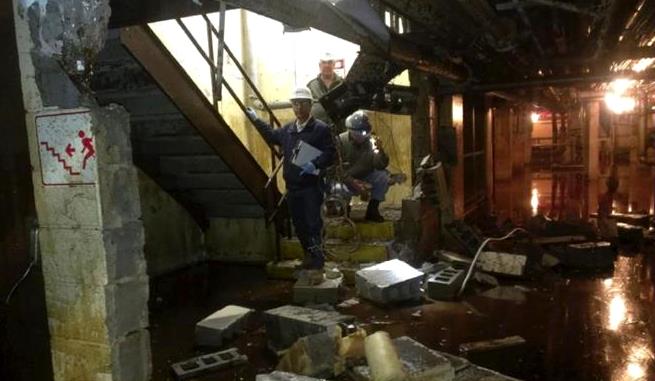The federal government is making $340 million available to New York for repairs and upgrades to sewage treatment plants and water filtration plants damaged by Superstorm Sandy. But it also is cutting about $300,000 from the U.S. Environmental Protection Agency office that is overseeing the environmental cleanup of Long Island Sound.
The Sandy Supplemental Appropriation money will be funneled through the state Department of Environmental Conservation and will mostly consist of low- or no-interest loans, although about 30 percent can be used for direct grants, according to the EPA, which made the announcement Thursday.
The money will pay for standard improvements such as raising equipment out of flood-prone basements and installing backup power systems.
But EPA said that officials will also consider proposals for green infrastructure, and for the creation of dunes and wetlands “that are capable of mitigating storm water impacts.” You can read the EPA news release here.
Earlier this week, the Climate Central non-profit group released a report that said Sandy resulted in 11 billion gallons of untreated and partially treated sewage being spilled into waterways, including in New York and Connecticut. Many treatment facilities were damaged by flooding from storm surges and rain water. (Read more in Wednesday’s post.)

The timing of Sandy’s storm surge, which did not arrive at the highest tide, spared Long Island Sound sewage treatment plants from more significant damage. But Irene and Sandy clearly demonstrated the need to make wastewater infrastructure more resilient in the face of climate change. Funding to modify pump stations and electrical systems is absolutely necessary, and planning for future expansions and plant sites is critical.
New York needs the help but Save the Sound would have liked to see Connecticut receive funding as well. In less than two years, the Long Island Sound region has been walloped by four major storms. Though only some hit Connecticut directly, each was a direct hit on the state’s infrastructure, economy and way of life.
The Sandy Supplemental Appropriations will help the region as a whole. For Connecticut communities to make similar improvements, however, it seems as if they will have to rely on legislators in Hartford to ensure that the state’s Clean Water Fund is adequately funded and that bills such as SB 1010, which incorporates sea level rise impacts as a consideration for Clean Water Fund financing, pass.
Meanwhile, federal sequestration is likely to result in cuts to EPA’s Long Island Sound Study program, which is overseeing the Sound cleanup, including the nitrogen-removal effort designed to end the low-oxygen crisis that turns much of western Long Island Sound into a dead zone for marine life in summer. The Journal News reported the cuts this morning.
EPA’s Long Island Sound office is expected to see $300,000 in cuts. Its federal funding for this year was $4.5 million. Details about which programs might have to be cut are not yet available.
Posted by Tom Andersen, NY program and communications coordinator for Save the Sound

